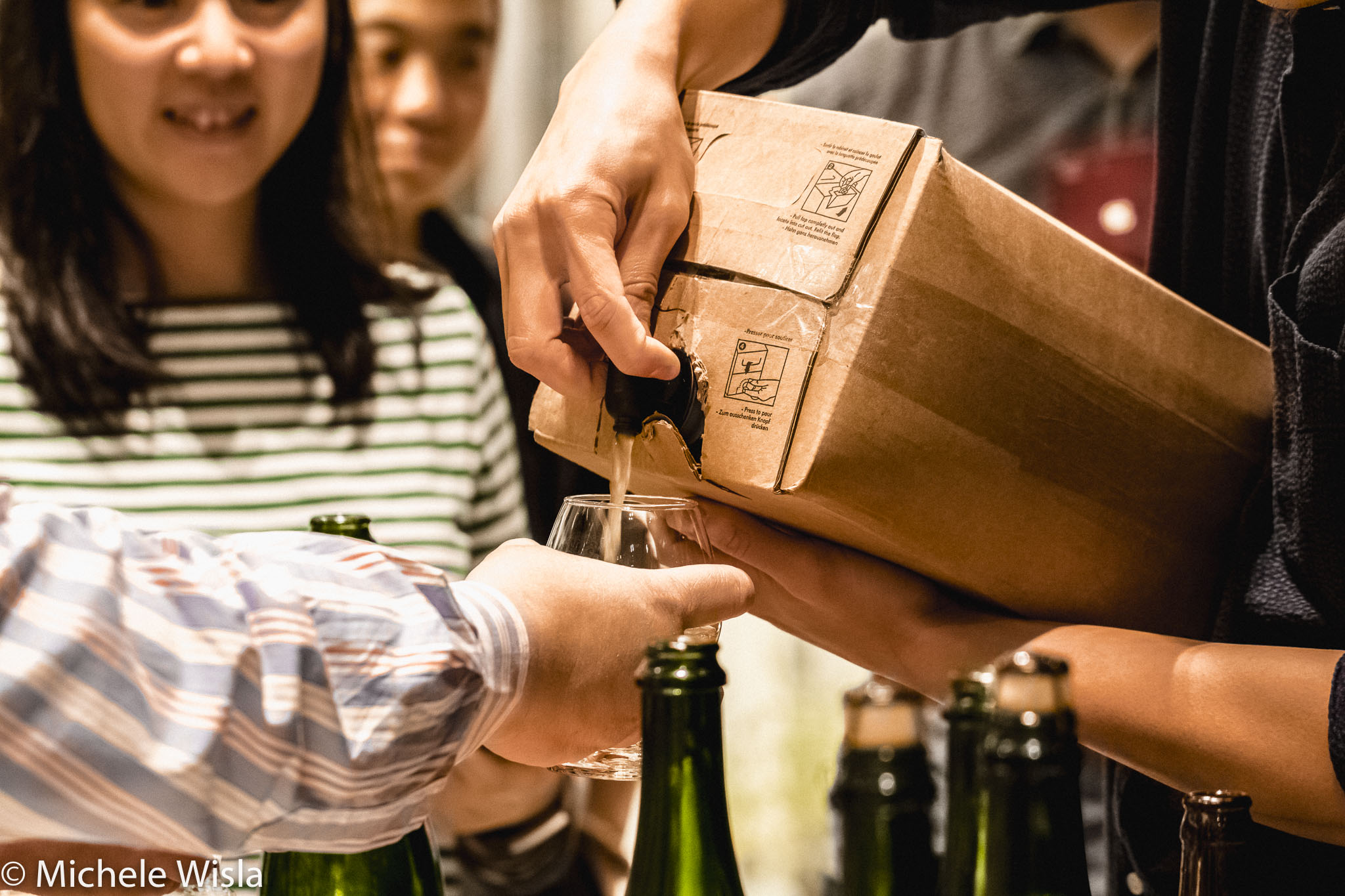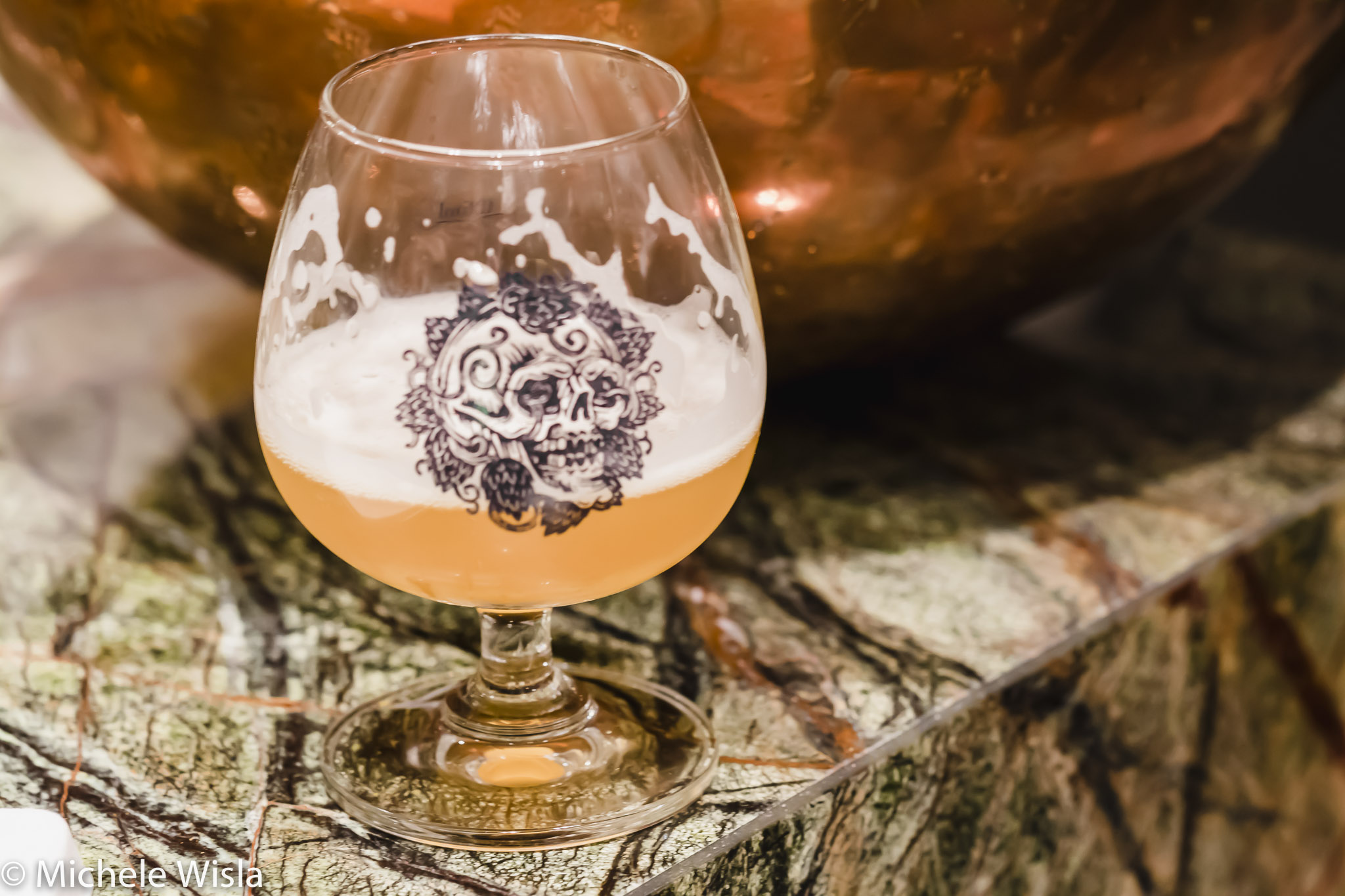Rise Up: The Health and Flavour Secrets of Wild, Natural Yeasts
Article by Simone Hui; photos by Michele Wisla
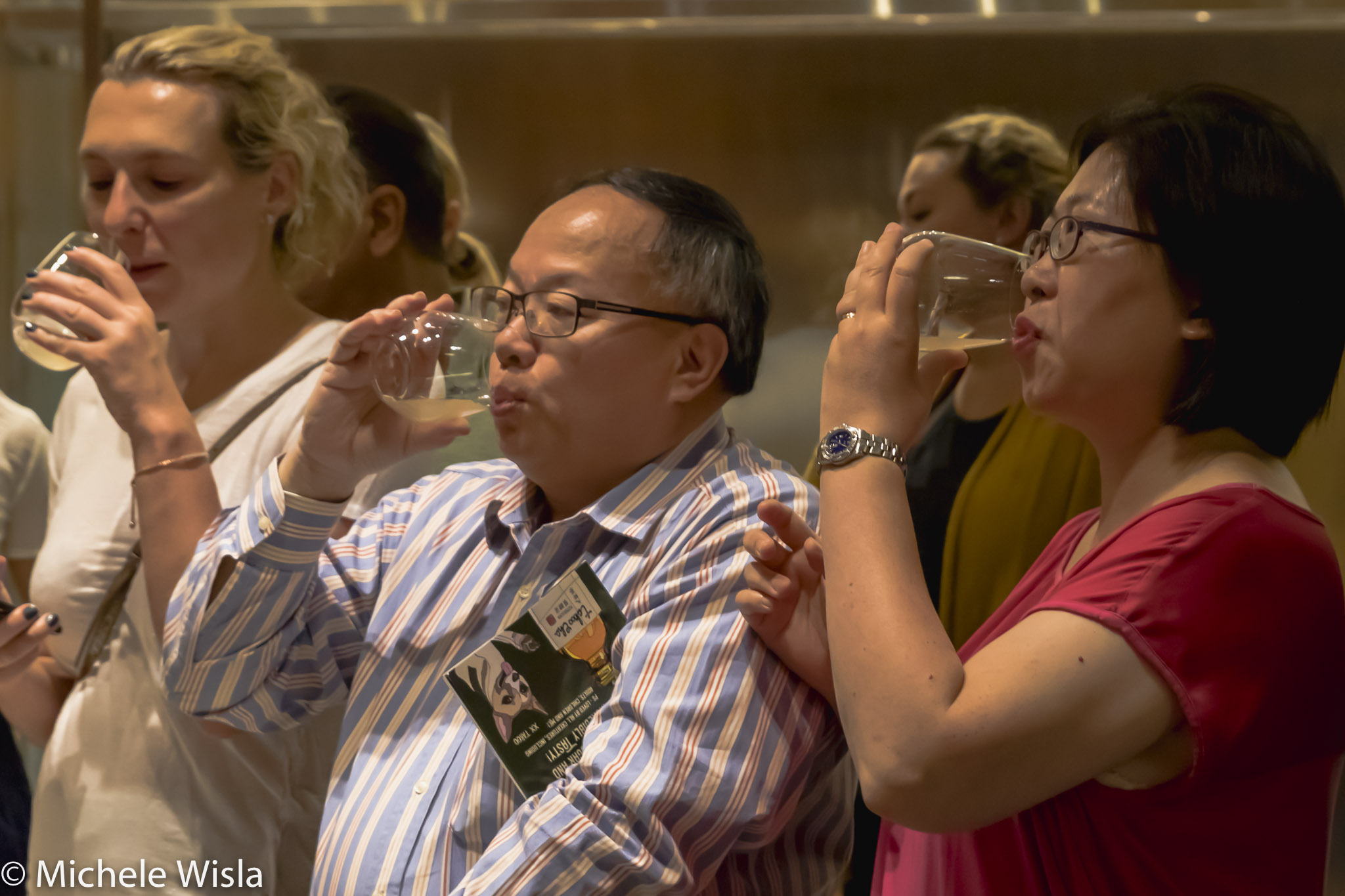
You would be hard pressed to walk into a hipster café in any city and not see smashed avocado on sourdough and kombucha on the menu. These foods: sourdough, kombucha – made through wild fermentation – are not (just) the latest food trend. Far from it. In fact, (I have it on good wiki authority that) wild fermentation dates back the New Stone Age. It is a technique used across cultures: soya sauce found in any kitchen in Hong Kong, kimchi from Korea, miso and natto from Japan, Indonesian tempeh, Indian dosa, Ethiopian injera, sauerkraut that goes so well with German sausages…and of course, the beer we turn to on a hot summer’s day and the wine we uncork after a long day at work as we unwind. Fermenting preserves food and encourages complex flavours to develop, which could only be achieved only through time and patience.
For its latest event, Slow Food Hong Kong invited Hong Kong’s talents to explore various fermented beverages at the newly minted showroom of Sub-Zero and Wolf in Lee Garden 3.
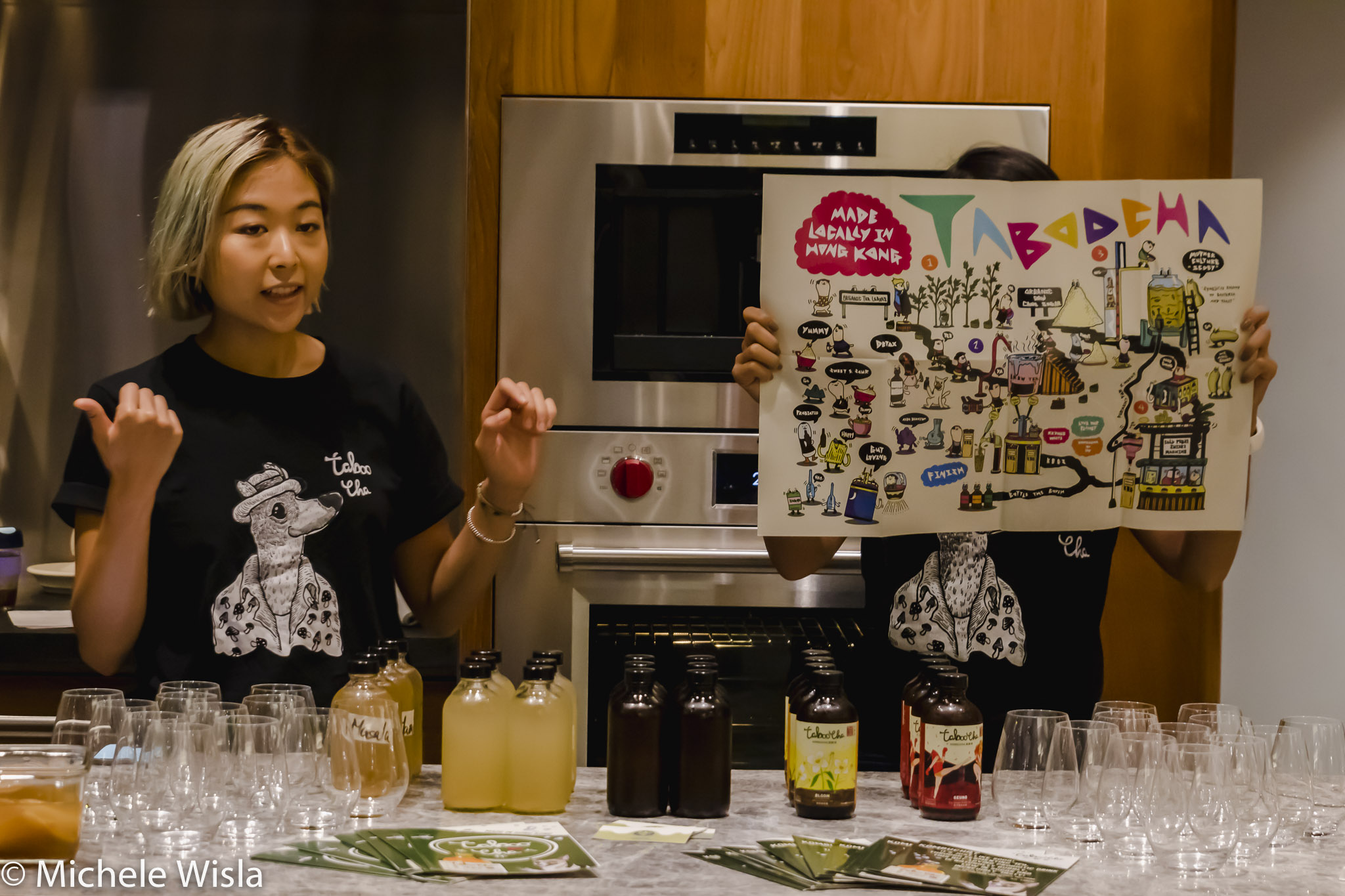
Lisa and Pat Lam of Hong Kong’s local kombucha brand Taboocha explained how their kombucha is made from fermenting organic sweet tea using a rubbery culture of yeast called a “scoby” (Symbiotic Culture Of Bacteria and Yeast). The bacteria and yeast in the scoby eats up the sugar in the tea and turns it into a slightly alcoholic and acidic culture. The bacteria and yeast in the scoby thrive in black tea, which contains more nutrients than green tea.
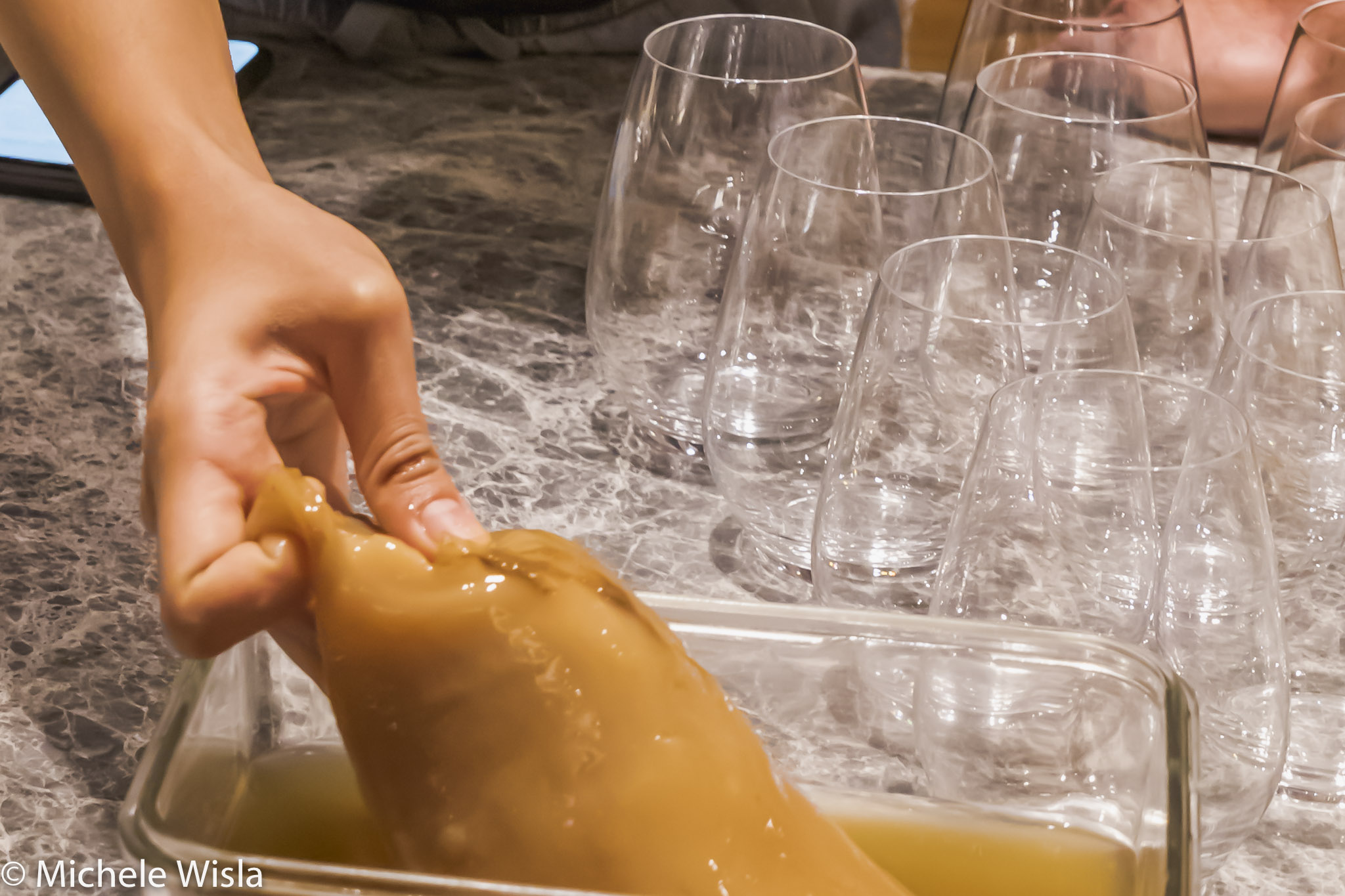
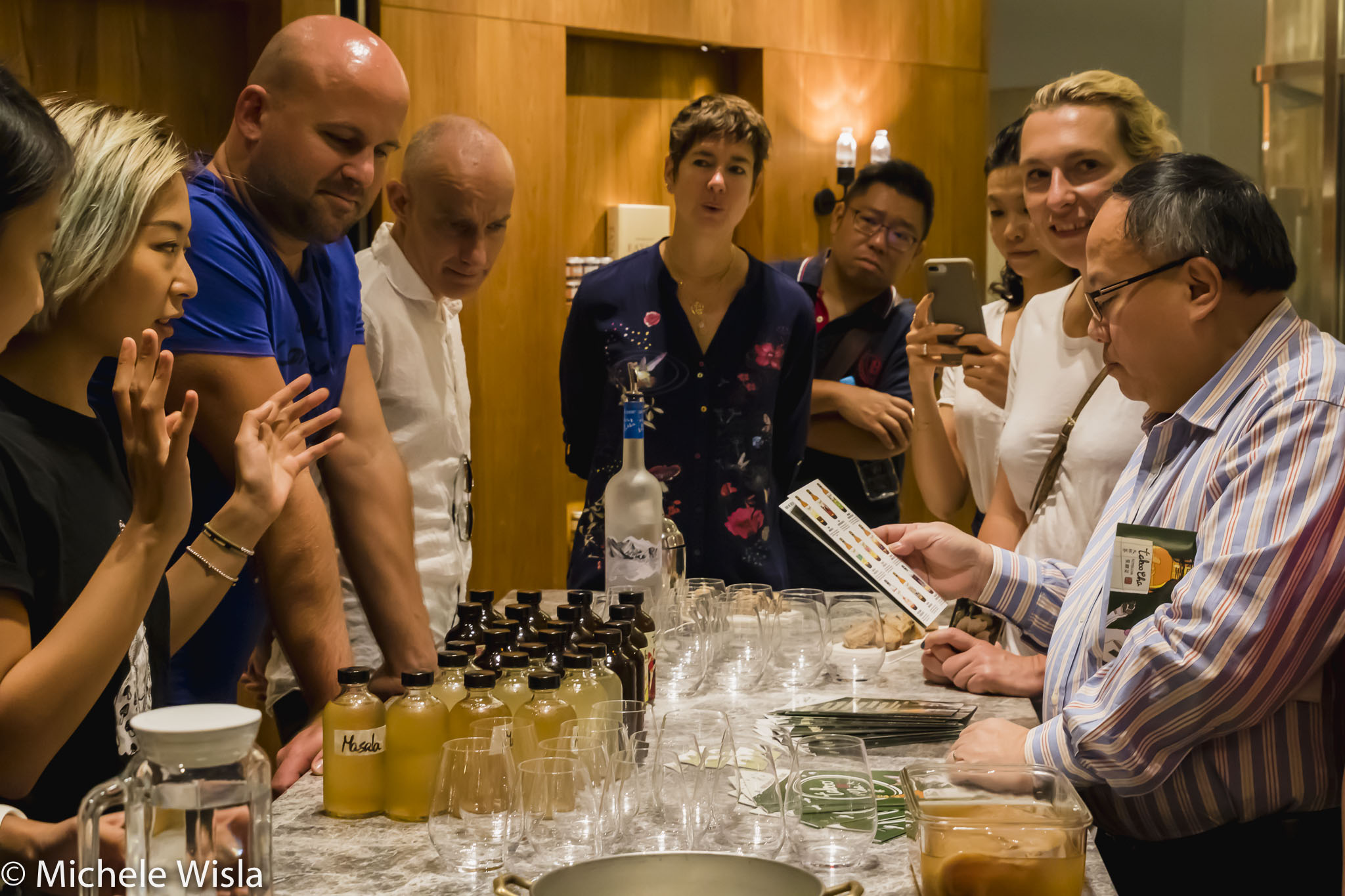
After this first fermentation, juices and spices are added for flavour and to boost carbonation for a second fermentation. Rather than using processed oils, Taboocha chooses organic, local sourced ingredients to infuse flavours. The resulting bubbly, tart kombucha contains gut-loving probiotics which aids digestion.
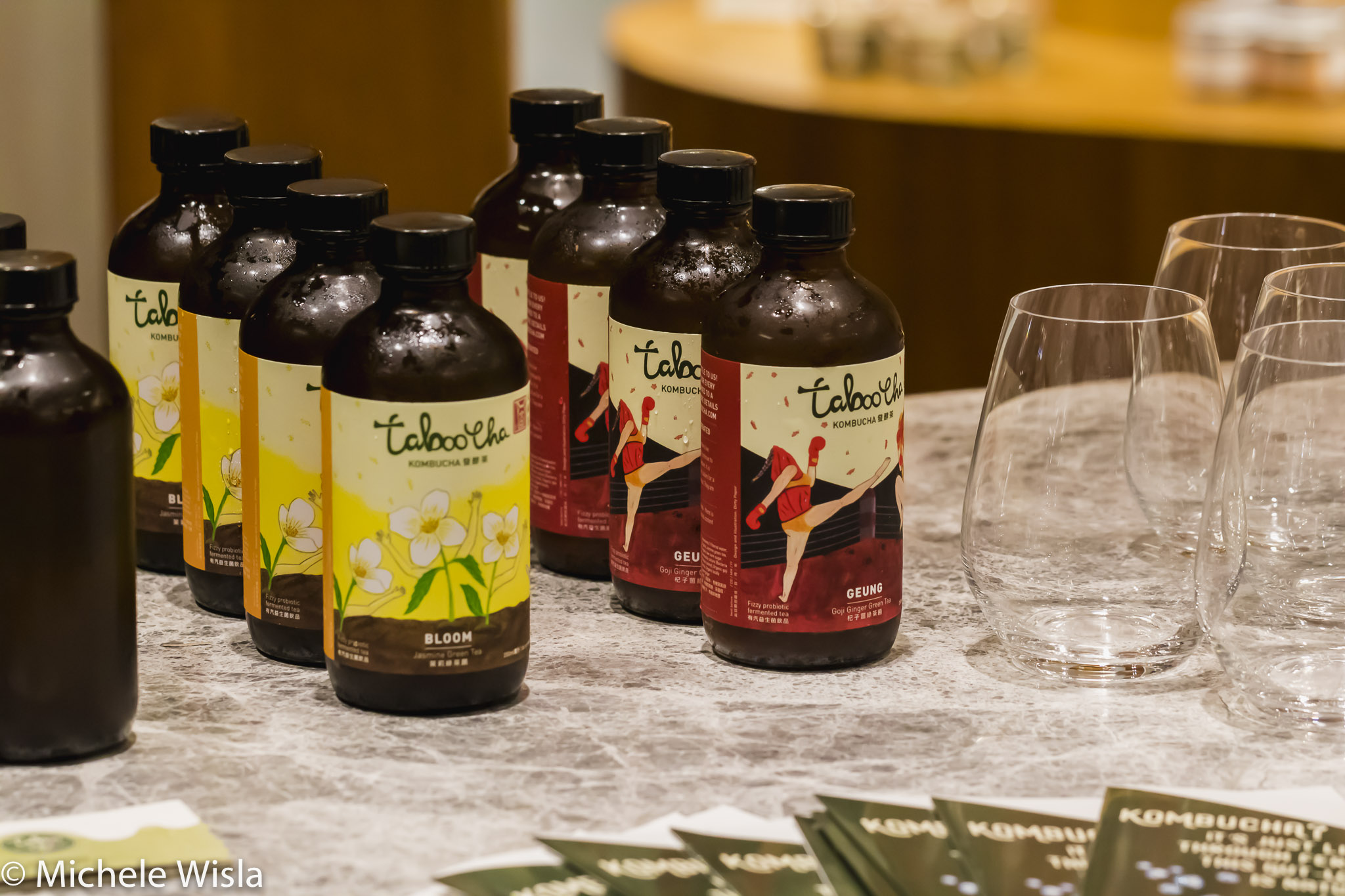
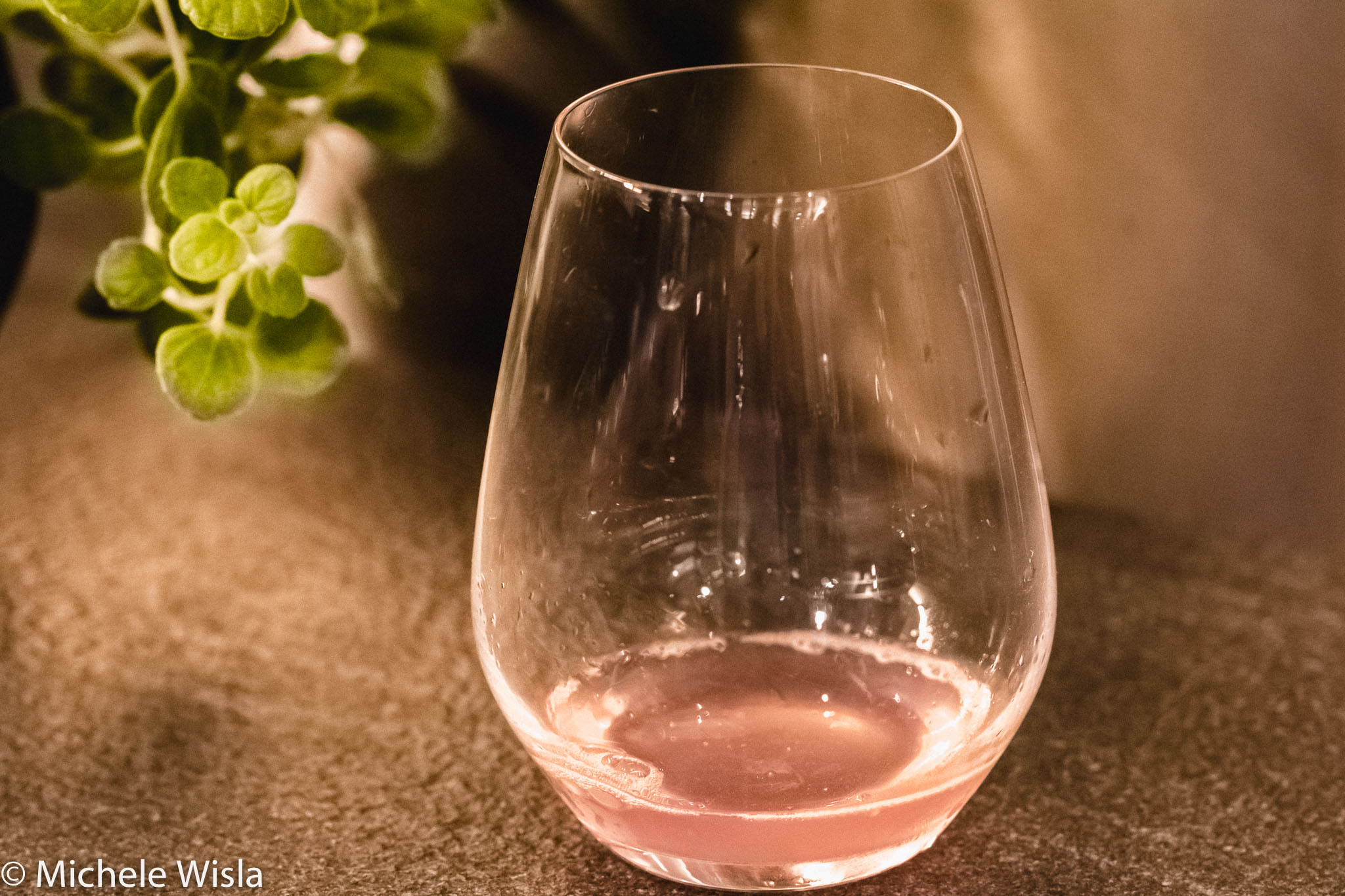
We had the pleasure of tasting various interesting, local-inspired flavours of kombucha that Taboocha produces: goji berry ginger green tea, beetroot black tea, lychee rose black tea and osmanthus oolong. We even had the chance to taste the new flavours that Taboocha is testing and a kombucha cocktail made with shiso syrup.
Ian Wong of Cork Culture then introduced us to four natural wines: Bugey Montagnieu Brut, Beurer Riesling 2016, Gar’o’Vin Anjou Rouge 2015 and Château Yvonne “La Folie” Saumur-Champigny 2015. With increasing demand, winemaking has become more industrialised than ever to ensure consistency and yield. There are over 250 strains of packaged yeasts available in the market, allowing winemakers the flexibility to choose how they would like to craft their wine for specific flavour profiles in a more controlled manner.
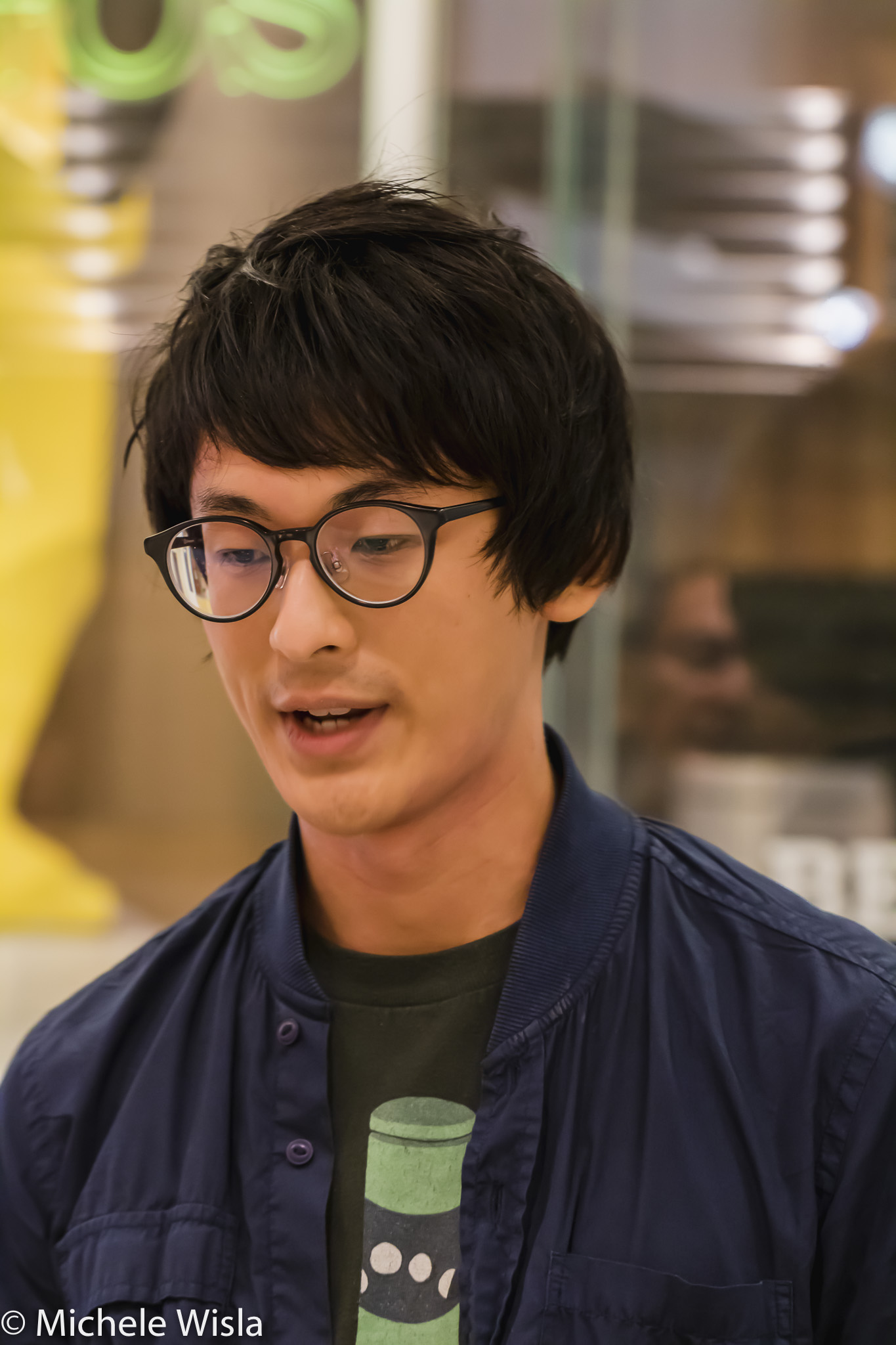
When making natural wines, yeast present on the grapes and in the environment – in the air, the woods, the cellars etc – are allowed to act naturally without the addition of yeast. It is said that through wild fermentation the resulting wine is able to truly reflect its terroir. There is, however, no official definition or appellation for natural wines. There is no specific labelling requirements for these wines, one would only learn about the process adopted for winemaking through discussions with the winemakers and sellers. Ian did assure us that ‘natural’ does not necessarily mean better, but the different naturally occurring influences in the winemaking process produce complex and unique flavours which may not be replicated and make wine tasting even more enjoyable.
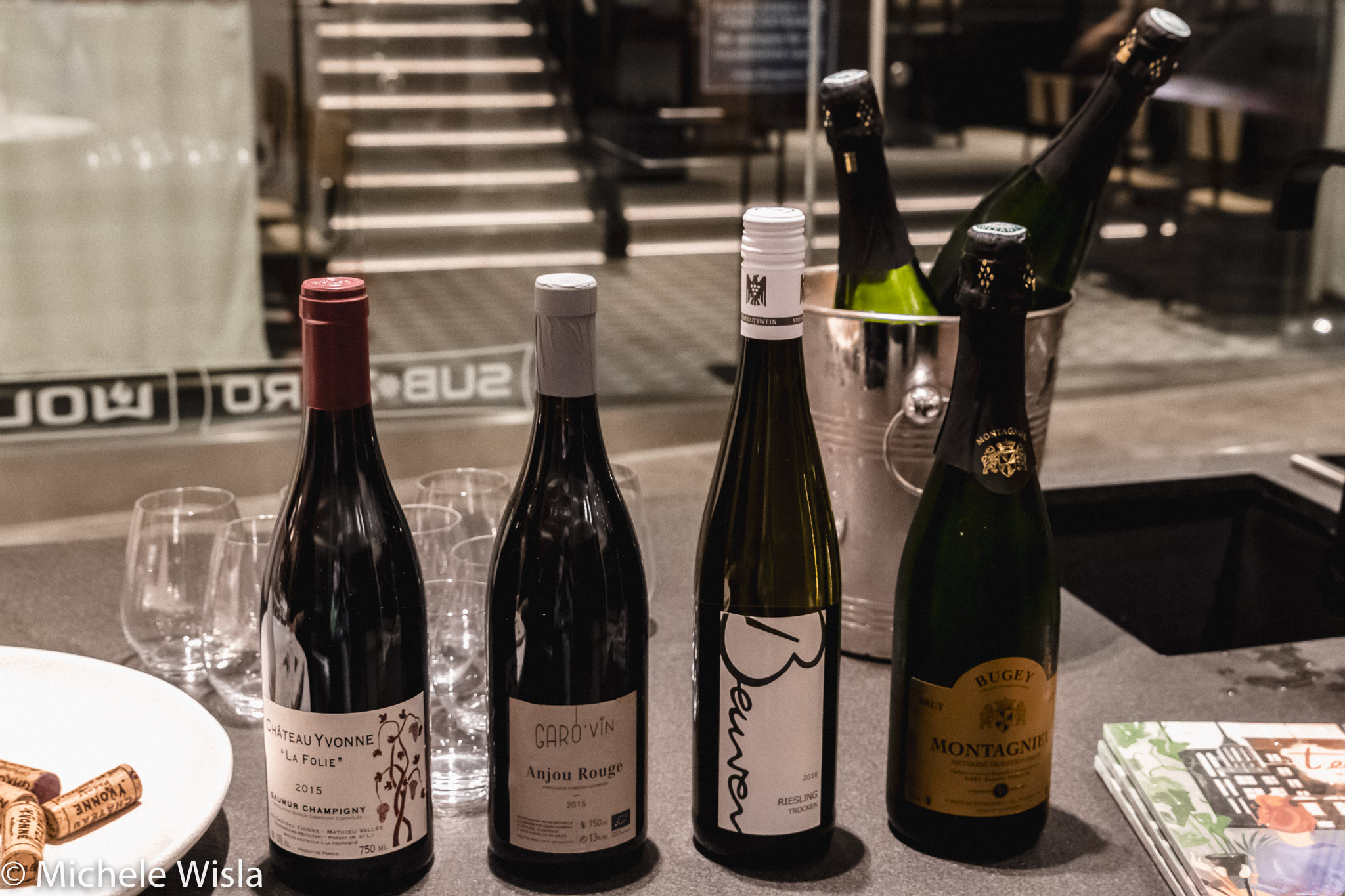
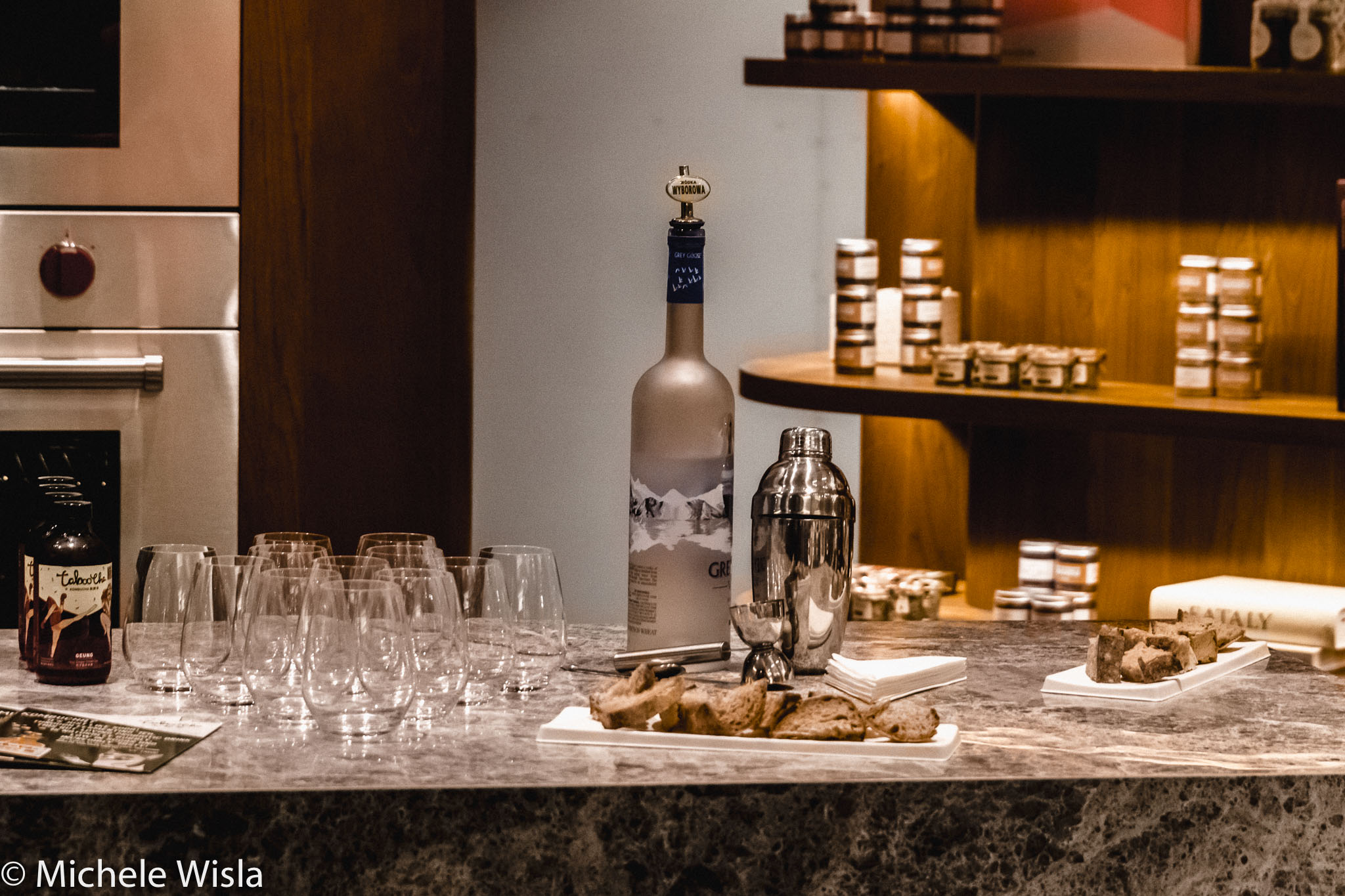
Having tasted wildly fermented kombucha and wine, and munching on the perfectly baked sourdough by Bakerhouse, Ted Lai of Blue Supreme brought to us three Belgian bottle conditioned beers: Moriau Geuze by Brouwerij F. Boon, XXX Bitter by Brouwerij de Ranke and Bruxellensis by Brasserie de la Senne.
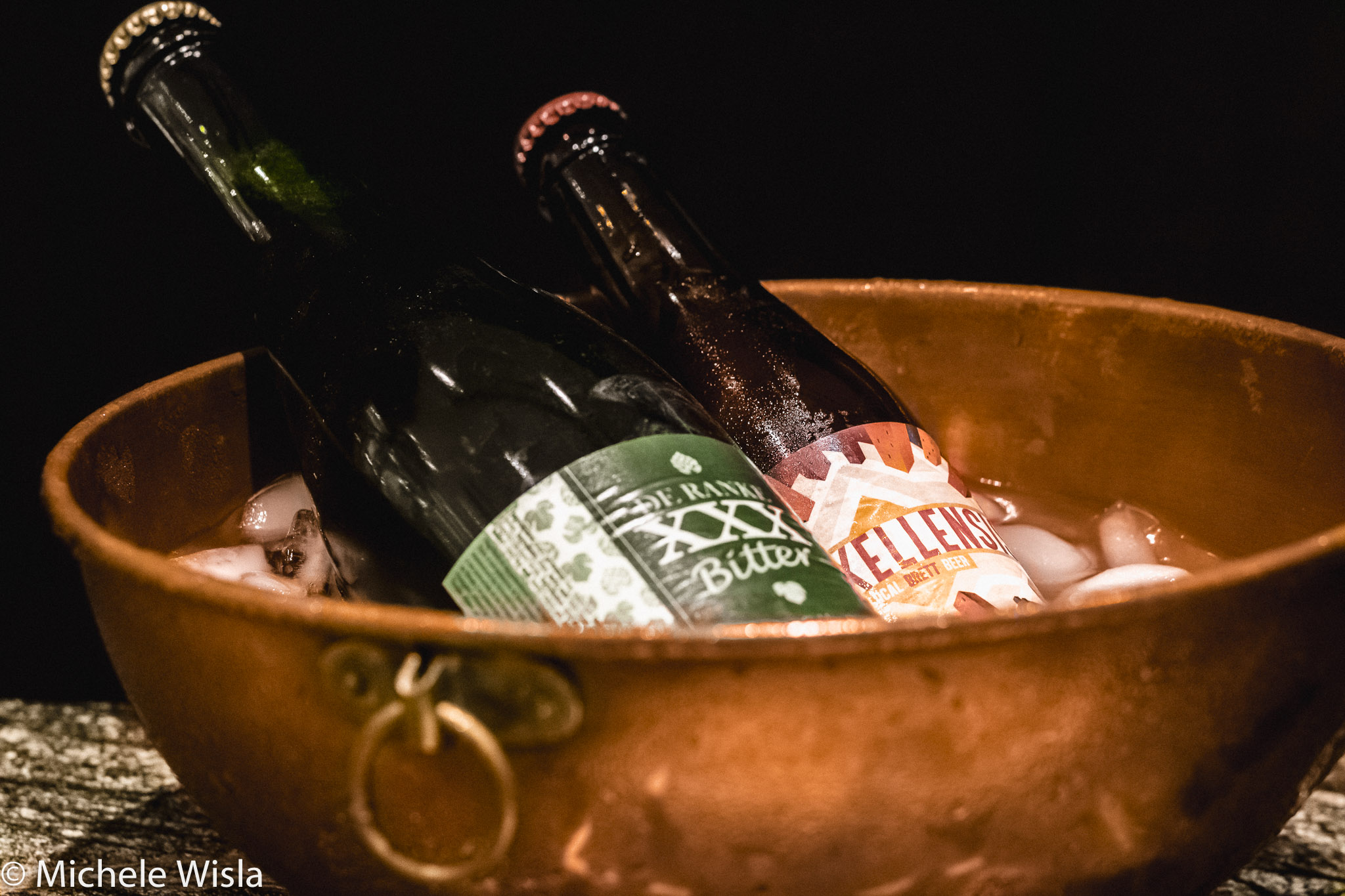
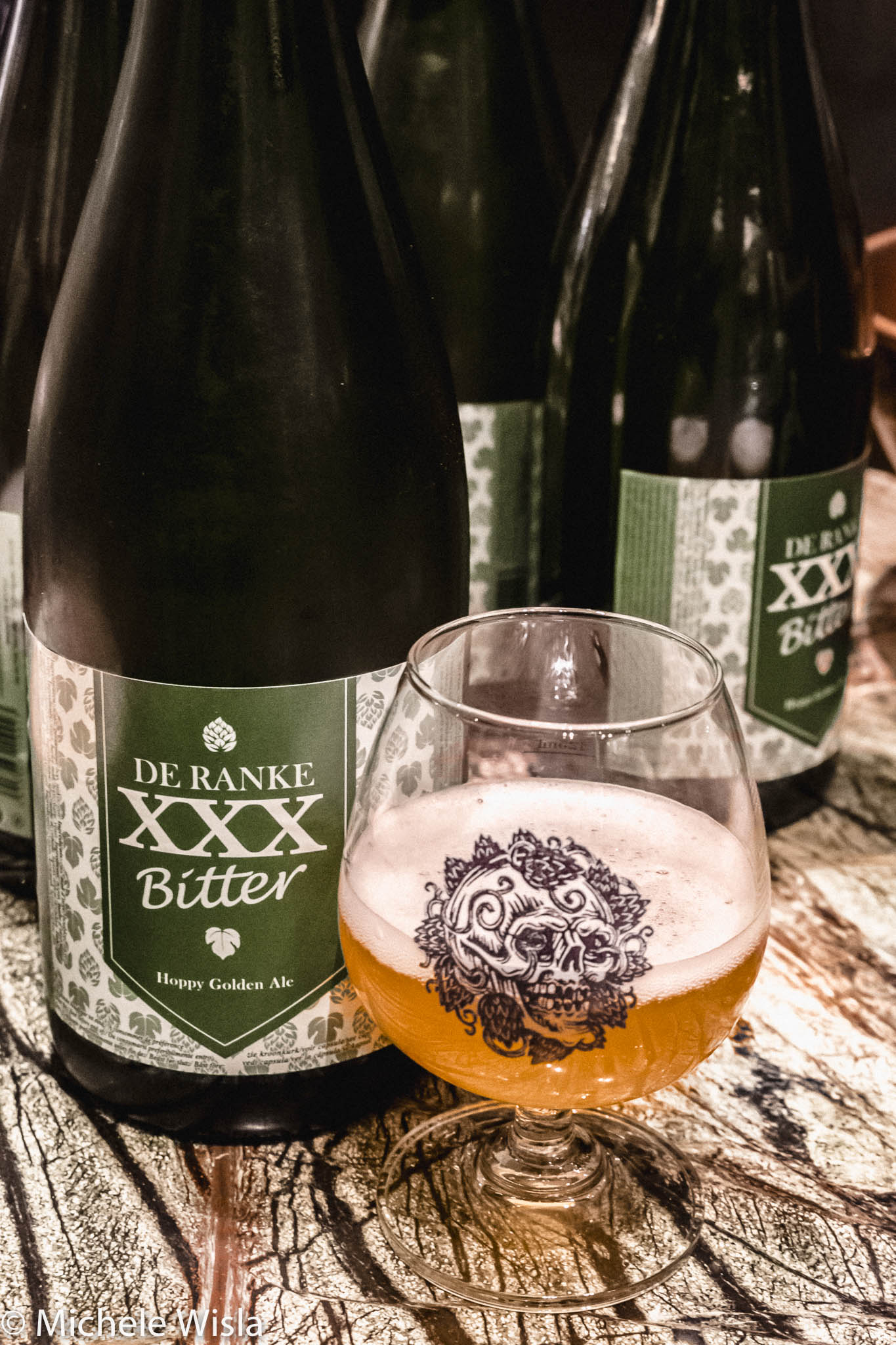
Bottle conditioning is an ancient technique where the yeast is allowed to carbonate the beer naturally after it has been bottled. Like wine, bottle conditioned beer are made to mature and develop over time. Ted prepared tasting notes for each of the beers he introduced, and we found ourselves putting our palettes to test.
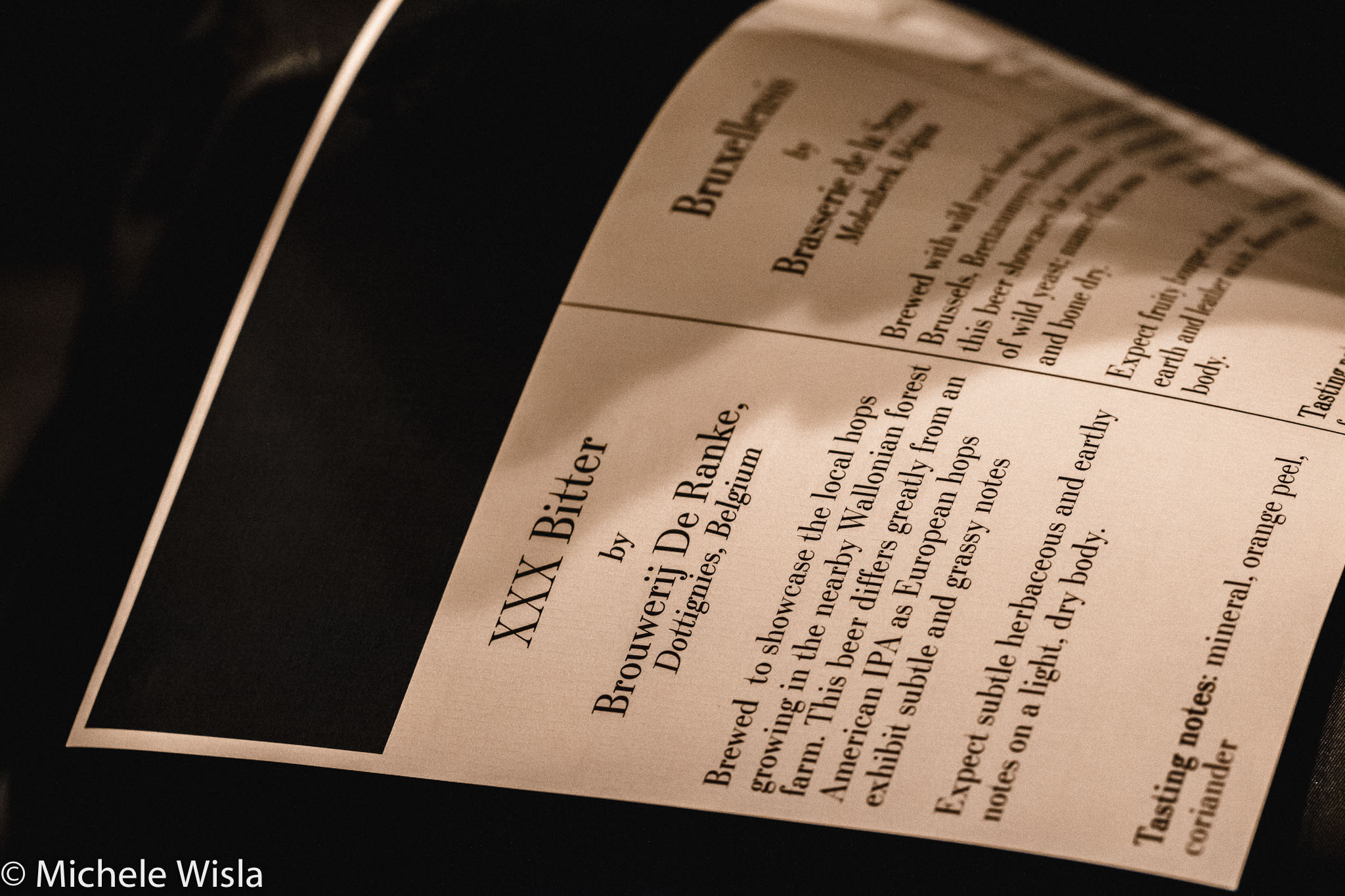
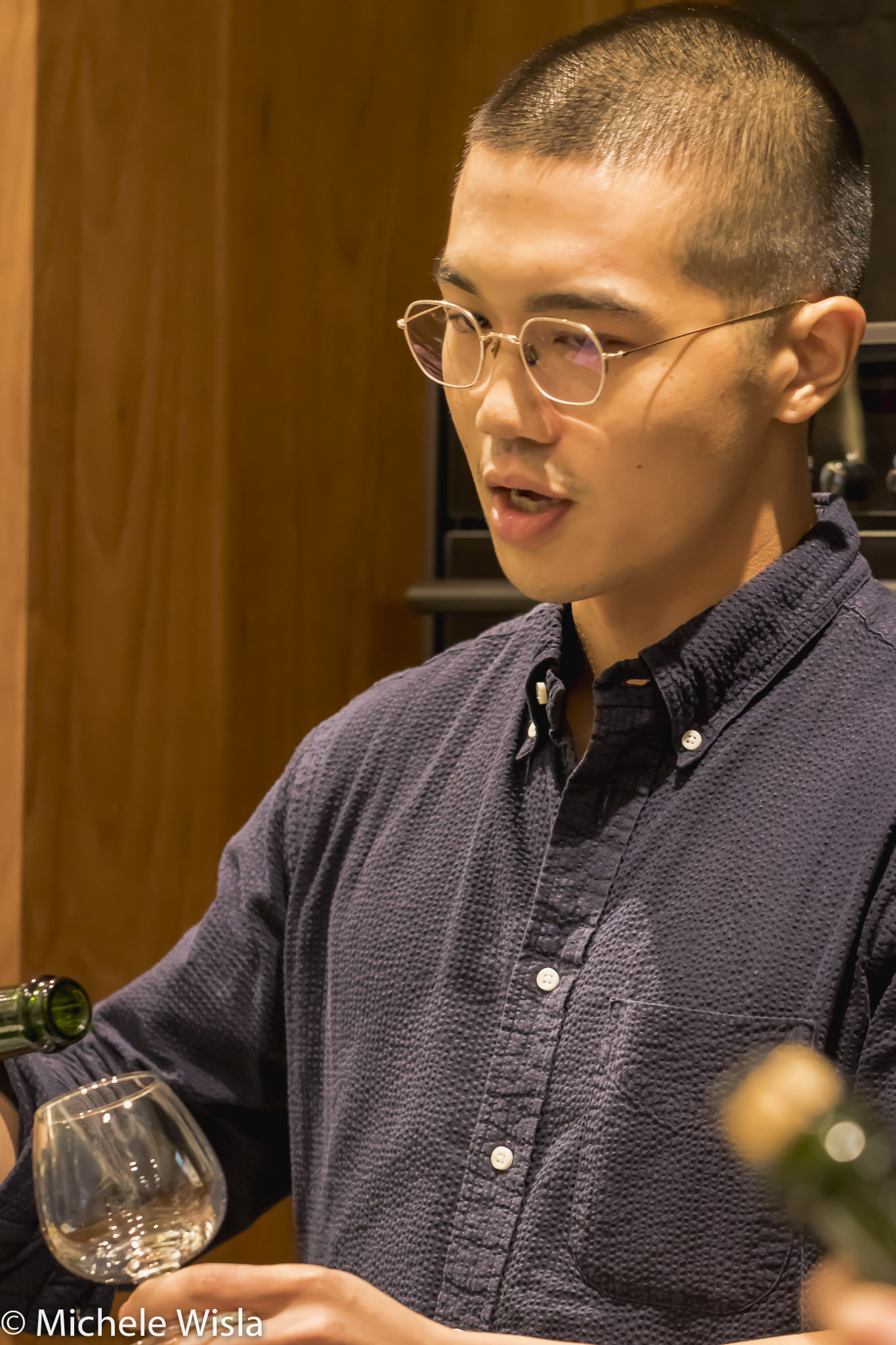
For those of us who have little experience with bottle conditioned beer, ‘funky’ appears to be the only apt description for all the beers we tried. Our beer tasting ended on a controversial note as we tried Lambiek by Brouwerij Boon produced through spontaneous fermentation. Ted whipped out the boxed beer and explained that not only was the Lambiek produced through the natural fermentation of airborne yeast and bacteria, it was further aged in wooden barrel. We all had a sip of this unique beer which is definitely an acquired taste.
